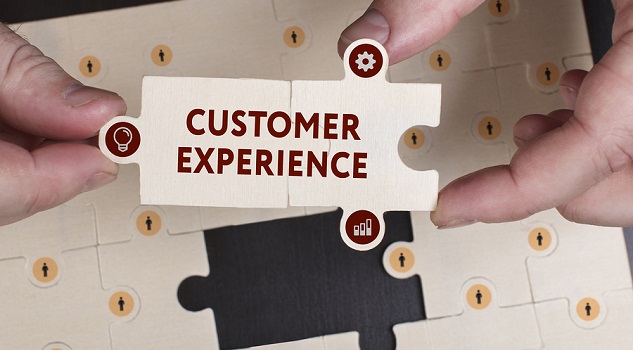Improvements in technology drive innovation in many fields, and there are few arenas where these efforts are as visible as in the customer experience. The emerging tools and techniques for customer teams provide new, insightful avenues for interaction, but are still grounded in the concept of tying a brand to a positive, happy experience.
Customers notice details, either when they’re particularly good or particularly bad, so it’s always in a company’s best interest to make sure they’re innovating in the right way. There are seven ways technology will aid companies in creating and taking advantage of compelling experiences for their customers in 2018:
1. Improved churn prediction helps companies hang on to customers: A tremendous cost and effort goes into the process of finding customers in the marketplace, attracting them to a specific brand over competitors, and retaining them. By the end of 2018, companies will be so good at spotting customers’ potential defection from their brand, they may even know before customers do, which lets them intervene sooner to retain them.
2. Customers expect instant service and delivery as a standard: The next frontier in service is instant delivery, or as close to it as realistically possible. As consumers begin to expect instant service, smart companies must figure out how to provide it, or provide a product of such intrinsic value that it would be worth waiting for.
3. Consumer-to-manufacturer feedback takes a step forward: 2018 will see a rise in feedback mechanisms on the product itself, so customer problems are sent directly to the manufacturing plant and product manager in real-time. This creates urgency and transparency between these groups and will improve the speed of production and marketing in 2018. The firm’s change management process will need to re-shape to match the new shortcuts between feedback and innovation.
4. A new era for the Internet of Things (IoT): The next level of the IoT is smaller and more personal. Beginning in 2018, everyday products will have smart features, such as sensors inside of containers that can determine how fast a product is being used and how soon it will run out, and add itself to an automated delivery list. Several new patents are likely before the end of the year.
5. Improved anomaly detection leads to better marketing: Identifying anomalies in behaviour is easy but understanding the meaning behind them is difficult. Advances in machine learning and artificial intelligence will enable more complex anomaly detection in 2018, thinning out the marketing span and delivering real value opportunities that are more germane and timely to a purchasing decision.
6. DIY service for routine problems becomes the new standard: People are increasingly impatient and refuse to accept that easy ideas should require difficult processes to execute. By anticipating customer needs and implementing smart software to address issues, companies are putting routine problems into the hands of their customers and saving their customer teams for more complex issues. For companies that want to retain service as part of their value proposition, those services must significantly outpace the perceived value of the self-serve alternatives.
7. Better personalisation through enhanced data: 2018 will see significant progress toward personalised customer experience as many firms finally align existing legacy systems and enhance them with better experience measurement and management platforms. Combining the data streams from operational warehouses and connecting those with attitudinal data and analytics will unlock potential within companies to get personalisation right.
To put these new practices to use, most companies will need to spend time and resources building equally new systems. As businesses properly combine tried-and-true practices with new concepts, they will continually uncover innovative ways to reach customers.
Luke Williams, Head of Customer Experience, Qualtrics










